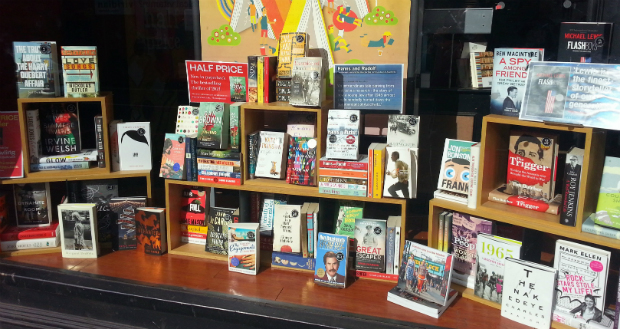
Australians bought 55.4 million printed books in 2014, up by 2.2 per cent in the sector’s first year of positive growth since 2009 according to Nielsen Bookscan. The rise in Australia’s appetite for printed books follows a global trend that sees print retaining a solid 80 per cent of the book market, as growth in e-books and e-readers slows right down. Kindle e-reader sales peaked three years ago and have flatlined ever since Bookseller Jon Page of Sydney shop Pages and Pages echoes a similar result, telling the Sydney Morning Herald that print sales rose by three per cent last year while sales for the Kobo e-readers he sells stagnated. For the previous three years Page saw book sales decline.
Page has partnered with HarperCollins and Kobo to offer print and e-book bundles to customers until the end of January, hoping to raise convenience for readers. The head of Britain’s biggest book chain, Waterstones, says Kindle sales have ‘disappeared,’ and says his chain recorded a five per cent lift in printed book sales in December. The latest book reading platform figures are an encouragement to the book printing industry, which was fearful of its future only a few years ago as e-book sales soared. This was compounded by the collapse of major chains Borders and Angus & Roberston, which reduced the number of Aussie bookshops by 20 per cent. However the enduring appeal of a printed book together with innovations by bookshops such as in-house cafes, author talks and children’s activities seems to have secured the future of the printed book.
Comment below to have your say on this story.
If you have a news story or tip-off, get in touch at editorial@sprinter.com.au.
Sign up to the Sprinter newsletter

